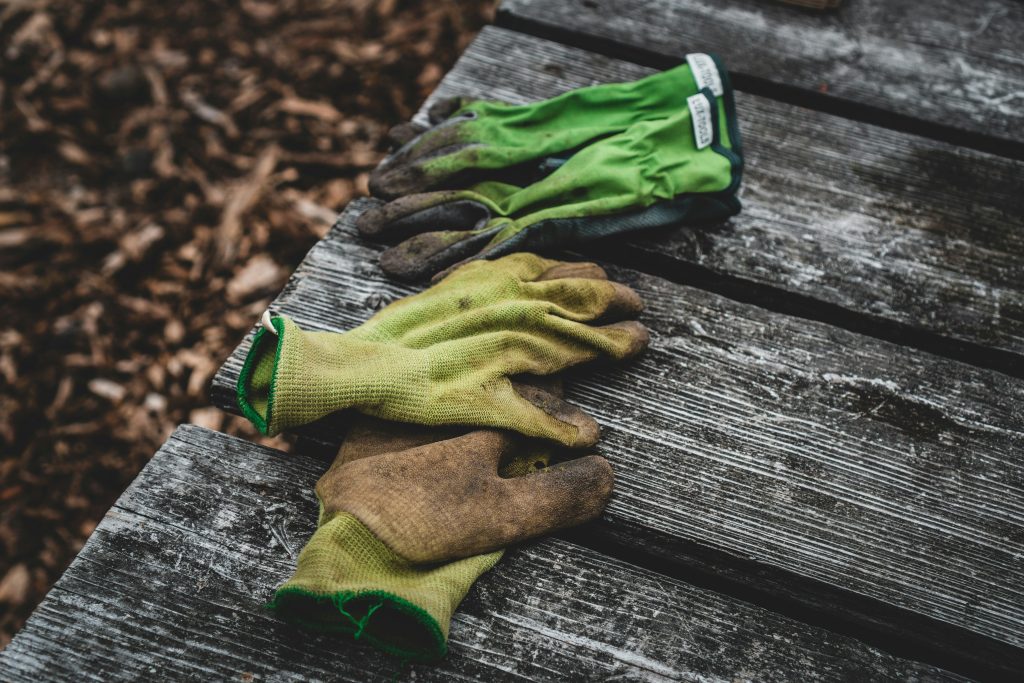
Photo by Adobe Stock
Water is a precious resource, and in gardening, it’s essential for nurturing healthy plants and sustaining vibrant landscapes. However, with growing concerns about water scarcity and environmental sustainability, gardeners are turning to innovative solutions to minimise water usage and maximise efficiency. One such solution gaining popularity is rainwater harvesting – a simple yet effective method of collecting and storing rainwater for use in the garden. In this blog post, we’ll explore the benefits of rainwater harvesting and provide practical tips for implementing this sustainable practice in your garden.
1. Benefits of Rainwater Harvesting:
- Conserves Water: Rainwater harvesting reduces reliance on municipal water sources and minimises the need for treated water in the garden, conserving valuable freshwater resources.
- Reduces Runoff: Capturing rainwater prevents runoff and erosion, mitigating the risk of soil erosion, flooding, and water pollution in urban and suburban areas.
- Saves Money: By harnessing free rainwater from your roof, you can save money on water bills and reduce household expenses associated with garden irrigation.
- Promotes Plant Health: Rainwater is free of chemicals and additives commonly found in treated tap water, making it ideal for watering plants and promoting healthy growth.
- Environmentally Friendly: Rainwater harvesting is a sustainable practice that reduces your carbon footprint and helps mitigate the impacts of climate change by conserving water resources.
2. How to Harvest Rainwater:
- Collecting Surface Runoff: Install gutters and downspouts on your roof to channel rainwater into collection barrels, tanks, or cisterns located near your garden.
- Choosing Storage Containers: Select food-grade barrels or large storage tanks made from durable materials like plastic, metal, or concrete to store harvested rainwater safely.
- Filtering and Screening: Use mesh screens or filters to remove debris and contaminants from the collected rainwater before storing it for use in the garden.
- Covering Storage Containers: Keep rainwater storage containers covered to prevent evaporation, mosquito breeding, and contamination by debris, animals, or algae.
3. Tips for Using Harvested Rainwater:
- Irrigation: Use a watering can, hose, or drip irrigation system to distribute harvested rainwater directly to your plants’ root zones, minimizing water loss and maximizing efficiency.
- Timing: Water your garden with harvested rainwater during dry spells or drought conditions when plants need it most, supplementing natural rainfall to maintain soil moisture levels.
- Storage Capacity: Calculate your garden’s water needs and ensure that your rainwater storage capacity matches or exceeds your irrigation requirements to avoid shortages during periods of low rainfall.
- Overflow Management: Install overflow outlets or diverters to prevent rainwater storage containers from overflowing and causing water damage to your property or landscape.
4. Considerations and Challenges:
- Local Regulations: Check local regulations and obtain necessary permits or approvals before installing a rainwater harvesting system to ensure compliance with building codes and water use regulations.
- Maintenance: Regularly inspect and maintain your rainwater harvesting system, including cleaning filters, repairing leaks, and flushing out storage containers to prevent contamination and ensure optimal performance.
- Seasonal Variation: Adjust your rainwater harvesting practices to account for seasonal variations in rainfall patterns and garden water requirements, storing excess water during wet seasons for use during dry periods.
Rainwater harvesting offers a sustainable and eco-friendly solution for garden watering, enabling gardeners to conserve water, reduce runoff, and promote plant health while minimizing environmental impact. By implementing rainwater harvesting techniques and integrating them into your garden irrigation system, you can harness the power of nature to nourish your garden and cultivate a greener, more sustainable future.
Rainwater harvesting is not only a practical and cost-effective way to water your garden but also a powerful tool for environmental stewardship and water conservation. Let’s embrace this sustainable solution and make a positive impact on our gardens, communities, and planet.



